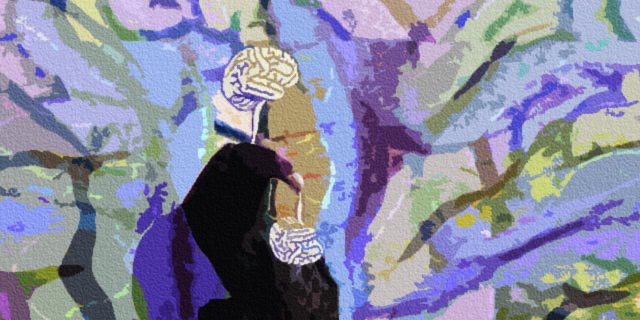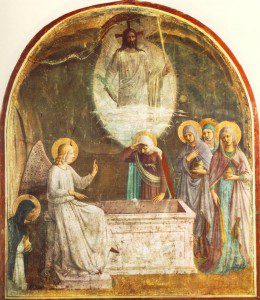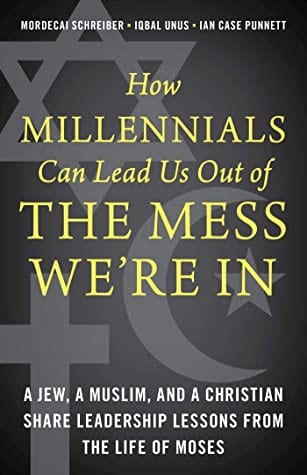By now, everyone has heard the story of Rachel Dolezal. I won’t repeat it in detail here, but the gist of it is that Dolezal, the head of Spokane’s chapter of the NAACP, has been “outed” as the biological daughter of two white parents. She had been publicly presenting herself as (at least partly) African-American; having concocted a story of having an African-Ameican father (a man she knew from a prior context) and an African-American son (who is actually her adopted brother).
People smarter than I have been discussing the ins-and-outs of this perplexing public story as it pertains to (1) questions about race and power dynamics in this country (why would a white woman self-identify as black?); (2) implications about the complex distinctions between race and ethnicity (they are not the same); (3) to the more general questions of identity and social construction (i.e., is everyone free to determine our self-identity–whether gender, sexual orientation, or race?–and are these categories equally open to such self-determination?
And perhaps the question on everyone’s minds: What was her motivation? Power and prestige? Genuine solidarity and social justice for the marginalized? Resolution of her own personal identity? As for this question, we likely will never know: though all ears will tilted toward her for explanations in coming days.
What psychologists do tell us is that identity is a powerful thing and human beings possess the capacity to make and remake our own sense of self, for all sorts of reasons. And we do this all the time. Now, possessing neither the requisite knowledge and skills nor awareness of her story, I do not wish to psycho-analyze Rachel. Nonetheless, I’ve had the book Mistakes Were Made (but not by me), by Carol Tavris and Elliot Aronson, close at hand lately, and I couldn’t help but notice some interesting (if only potential) points of connection.
In their chapter on “Memory, the Self-Justifying Historian,” they tell about the power of the mind to rewrite our own personal histories in ways that eliminate cognitive dissonance (solving problems of conflict in ourselves, conflict with others, and conflict in how we want to present ourselves–and what we actually are). Altering our perception of ourselves (and others’ perception of us) through re-writing our personal histories is not something that only a few outliers–crazy or manipulative people do. We all do it. We are constantly negotiating our sense of self and resolving conflicts within our perception of ourselves by tweaking our memories–and the stories that carry those memories–to better suit what we want ourselves to be and how we want to appear to others. The authors write,
At the simplest level, memory smoothes out the wrinkles of dissonance by enabling the confirmation bias to hum along, selectively causing us to forget discrepant, disconfirming information about beliefs we hold dear (70).
So, we all have biases in our memories. Or rather, our memory-making is biased toward confirming things we already want to believe about ourselves (and have no reason to reject), or toward confirming the best possible vision of ourselves in any given situation. Now, for people inclined to already thinking poorly about themselves, that bias may work in favor of memories and stories that are not positively affirming. But the confirmation bias (and dissonance resolution) works either way. They confirm how we think we should perceive ourselves.
Here’s an example.
The authors tell the story of Binjamin Wilkormirski, who published a “memoir” call Fragments, which purported to recount “his horrifying childhood experiences in the concentration camps of Majdanek and Birkenau.” The book won awards and received all sorts of accolades. Problem was, the book was a “confabulation from start to finish” (83). The author was in fact not Jewish at all, and had no Jewish ancestry; he was a Swiss musician named Bruno Grosjean who had never “stepped foot in a concentration camp” (82).
The whole story–and the explanation of Grosjean’s false memory, which became in his own mind a “true story” of living as a victim in the most terrible situation, is fascinating, but I cannot replicate it here. To sum it up, the authors note this story as an example of humanity’s ability to create memories that “nonetheless feel vividly, emotionally real. These memories do not develop overnight, in a blinding flash. They take months, sometimes years, to develop”(84).
Stefan Maechler, a historian who interviewed Wilkomirski (and others associated with him and his story), concluded that his “motivation was not calculated self-interest but self-persuasion. Grosjean spent more than twenty years transforming himself into Wilkomirski; writing Fragments was the last step of his metamorphosis into a new identity, not the first step of a calculated lie” (84).
Now, this story is more extreme than Dolezal’s. And perhaps the psychological underpinnings of Grosjean’s story far over-shoot anything we see (or could in any way suggest with confidence) in Dolezal’s. But is there not an overlap here of personal self-transformation through imported, false narratives about the past, that now serve to form their identity and justify their place in the present?
Did Dolezal create her new identity (and past narrative–or perhaps even “memories”) out of an innocent desire to serve an important cause as well as out of a sincere desire to identity publicly as a race other than her inherited one? Or, was the story created (also perhaps “innocently”) as a way of resolving cognitive dissonance in her own past and present life, perceived glitches in her own story? Is Rachel another example of someone borrowing or living out a “victim narrative” for some underlying psychological purpose? Or, did this all emerge out of a “calculated self-interest,” a way to achieve social recognition and a sense of importance where it was otherwise lacking? Is it all as simple as one person trying to make meaning out of the scattered bits of her life–as we all do? Or , was it some combination of the above?
Who can know? But perhaps rather than finally try to understand Rachel’s story and motives (it is her job to understand herself–and only she can know her motives), it is more important–and more interesting–to reflect on the ways that we seek out self-justification and that we try to resolve the cognitive dissonance in our own lives. How can we best take responsibility for our own stories, for our own self-understanding, and for the ways we present ourselves truly–to ourselves–and to the world?
Stay in the Loop! Like the Unsystematic Theology Facebook page.












